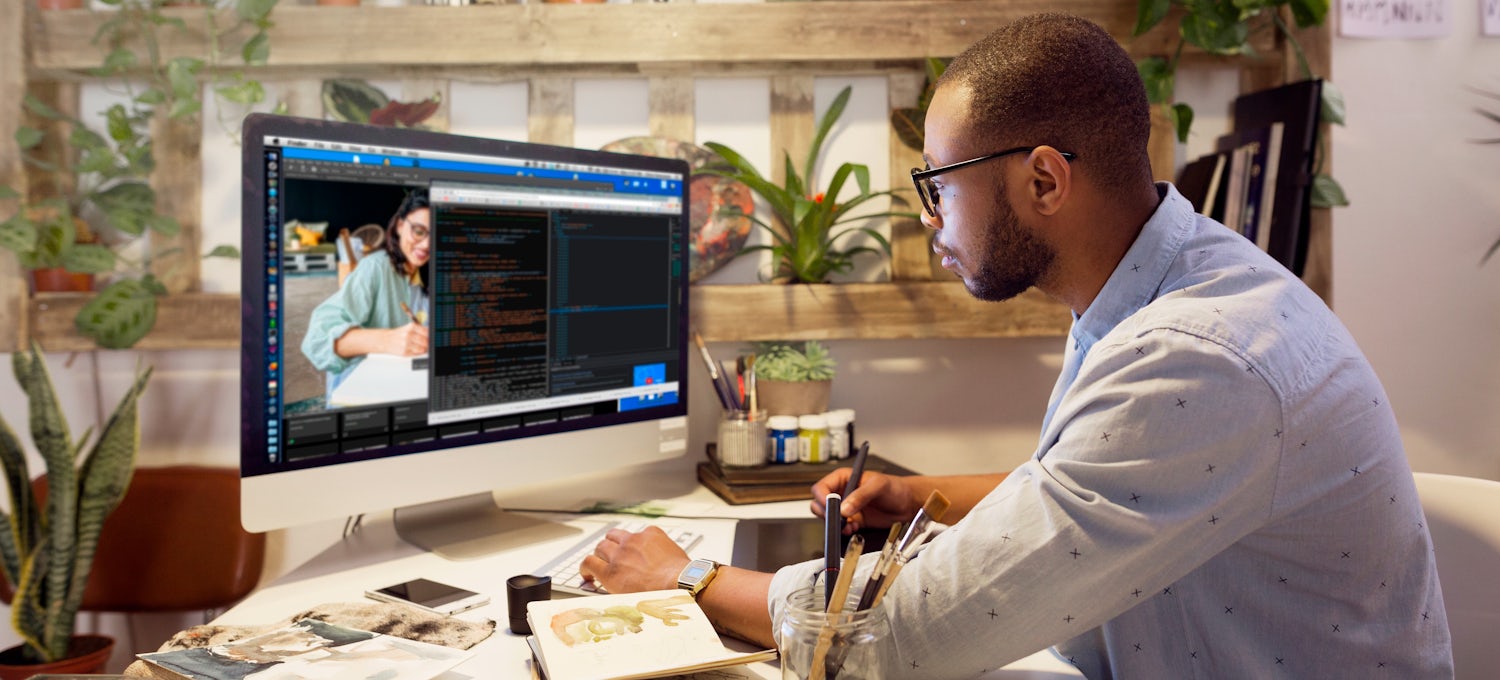Innovative Website Design Solutions for Modern and Engaging Internet Sites
In the world of internet layout, the search of modern-day and interesting remedies has actually come to be significantly crucial for services intending to catch individual interest. By integrating bold color systems, interactive components, and receptive designs, designers can create experiences that not just reverberate with individuals however likewise enhance brand name identification.
Accepting Strong Color Systems
In website design, the calculated use of bold shade plans can substantially improve user involvement and brand name identity. By employing vivid colors, designers can create aesthetically striking web sites that catch attention and foster a memorable experience. An appropriate shade combination not only mirrors a business's values yet likewise evokes specific feelings that can influence customer habits.
Bold colors can be used to assist users' focus to crucial elements such as contact us to action, boosting conversion rates. Making use of contrasting colors for buttons and links can make these aspects stand out, prompting customers to communicate even more readily. A cohesive shade system across the site enhances brand name recognition, producing a feeling of knowledge and trust amongst site visitors.
Nonetheless, it is important to stabilize vibrant colors with sufficient white area to prevent frustrating customers. Effective usage of typography additionally complements bold colors, making sure readability while keeping aesthetic allure. Ultimately, embracing bold color schemes in website design not just boosts visual top quality yet also plays an essential function in accomplishing calculated service purposes, making it a crucial factor to consider for modern-day internet growth.

Using Interactive Elements
Interactive components are vital in modern internet design, as they dramatically improve user involvement and create an extra dynamic browsing experience. By including features such as computer animations, hover results, and clickable aspects, internet sites can motivate customers to explore web content better and return for future gos to.

Micro-interactions, such as subtle animations when a button is clicked or a form is submitted, can also enhance the user experience by offering instant comments. These little information can make the web site really feel even more receptive and to life, promoting a feeling of connection between users and the site.
Additionally, gamification elements, such as incentives for finishing particular actions, can motivate customers to involve with the web content a lot more deeply. By thoughtfully integrating these interactive parts, internet designers can develop an unforgettable and engaging on-line experience that resonates with users and motivates them to return.
Executing Receptive Layout
Applying receptive layout is crucial in today's multi-device landscape, guaranteeing that internet sites supply an ideal viewing experience across various screen sizes. As individuals progressively access the net with smartphones, tablets, and read the full info here desktops, a one-size-fits-all method is no more practical. Responsive style permits seamless navigating and communication, adapting design and material to fit the tool being used.
Secret principles of receptive layout include liquid grids, adaptable photos, and media questions. Media questions promote the application of various designs based on the gadget's attributes, such as width, height, or resolution, allowing designers to customize the customer experience properly.
In addition, receptive style improves SEO performance, as search engines favor mobile-friendly websites. By carrying out receptive style, companies not only boost customer fulfillment and interaction but additionally boost their linked here reach in a competitive digital landscape. As modern technology remains to progress, adopting receptive style has come to be an essential practice for any kind of contemporary and appealing website.
Incorporating Multimedia Content
Multimedia web content plays a crucial role in developing appealing and dynamic internet experiences that catch users' interest and enhance understanding. By incorporating text, photos, audio, and video clip, sites can offer a richer narrative that interest numerous discovering designs and preferences. This assimilation not only strengthens individual involvement however additionally aids in conveying complicated ideas succinctly.
Including top notch images and infographics can break up textual web content, making it much more absorbable. Video clip tutorials and presentations can give extensive understandings that static web content might not completely communicate. Audio aspects, such as podcasts or history music, can likewise boost the atmosphere of a web site, developing a more immersive experience.
Additionally, the strategic use multimedia can boost search engine optimization performance, as online search engine prefer varied web content types, enhancing exposure. Nevertheless, it is critical to ensure that multimedia elements do not impede page tons times, as this can cause customer aggravation. By balancing multimedia integration with performance considerations, web developers can develop aesthetically enticing and useful internet sites go to these guys that reverberate with customers, cultivating a much deeper connection and encouraging return gos to.
Prioritizing User Experience

To accomplish an optimum user experience, designers need to concentrate on several crucial concepts. Initially, responsive style is crucial; websites ought to adjust flawlessly to various devices and screen dimensions. This access makes certain that users can engage with content despite their chosen platform. Secondly, quality in format and hierarchy is essential. Clear contact us to activity, understandable typography, and organized material guide users, decreasing cognitive load.
Additionally, incorporating customer responses right into the style process is invaluable. Normal screening with genuine users aids recognize pain points and locations for enhancement, enabling iterative improvements. Eventually, prioritizing UX not just boosts individual satisfaction yet likewise drives interaction and conversion prices, making it an essential aspect of modern internet style strategies. By positioning individuals at the center of style efforts, internet sites can produce lasting, favorable impressions that encourage return sees.
Conclusion
To conclude, modern-day web style remedies that emphasize strong shade schemes, interactive aspects, receptive design, and multimedia material dramatically improve customer engagement and complete satisfaction. Focusing on customer experience through clear layouts and constant responses further contributes to enhanced conversion prices. By taking on these strategies, sites can successfully astound visitors and reinforce brand identity, eventually bring about an extra dynamic and engaging online existence. The combination of these style concepts is crucial for attaining modern-day web design objectives.